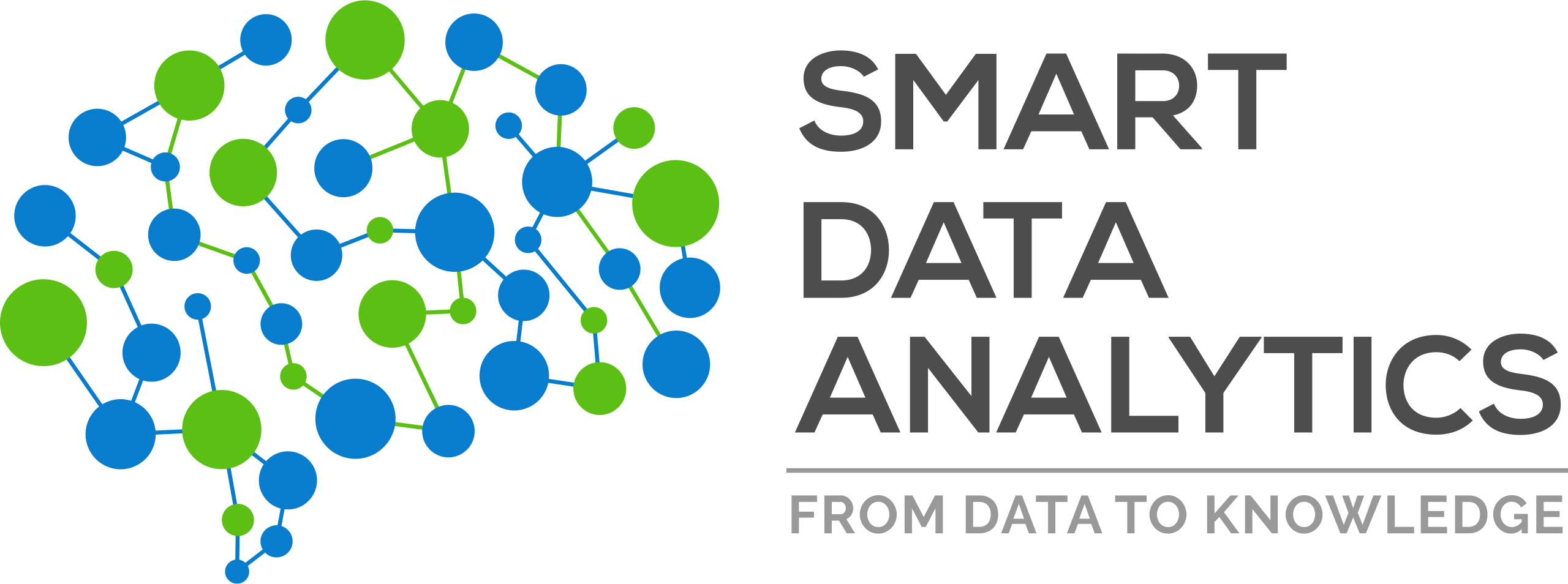We are very pleased to announce that our group got a paper accepted for presentation at ACL22.
The Association for Computational Linguistics (ACL) is the premier international scientific and professional society for people working on computational problems involving human language, a field often referred to as either computational linguistics or natural language processing (NLP). The association was founded in 1962, originally named the Association for Machine Translation and Computational Linguistics (AMTCL), and became the ACL in 1968. Activities of the ACL include the holding of an annual meeting each summer and the sponsoring of the journal Computational Linguistics, published by MIT Press; this conference and journal are the leading publications of the field.
Here is the abstract and the link to the paper:
RoMe: A Robust Metric for Evaluating Natural Language Generation
By
Md Rashad Al Hasan Rony,
Liubov Kovriguina,
Debanjan Chaudhuri,
Ricardo Usbeck and
Jens Lehmann.
Abstract
Evaluating Natural Language Generation (NLG) systems is a challenging task. Firstly, the metric should ensure that the generated hypothesis reflects the reference’s semantics. Secondly, it should consider the grammatical quality of the generated sentence. Thirdly, it should be robust enough to handle various surface forms of the generated sentence. Thus, an effective evaluation metric has to be multifaceted. In this paper, we propose an automatic evaluation metric incorporating several core aspects of natural language understanding (language competence, syntactic and semantic variation). Our proposed metric, RoMe, is trained on language features such as semantic similarity combined with tree edit distance and grammatical acceptability, using a self-supervised neural network to assess the overall quality of the generated sentence. Moreover, we perform an extensive robustness analysis of the state-of-the-art methods and RoMe. Empirical results suggest that RoMe has a stronger correlation to human judgment over state-of-the-art metrics in evaluating system-generated sentences across several NLG tasks.

